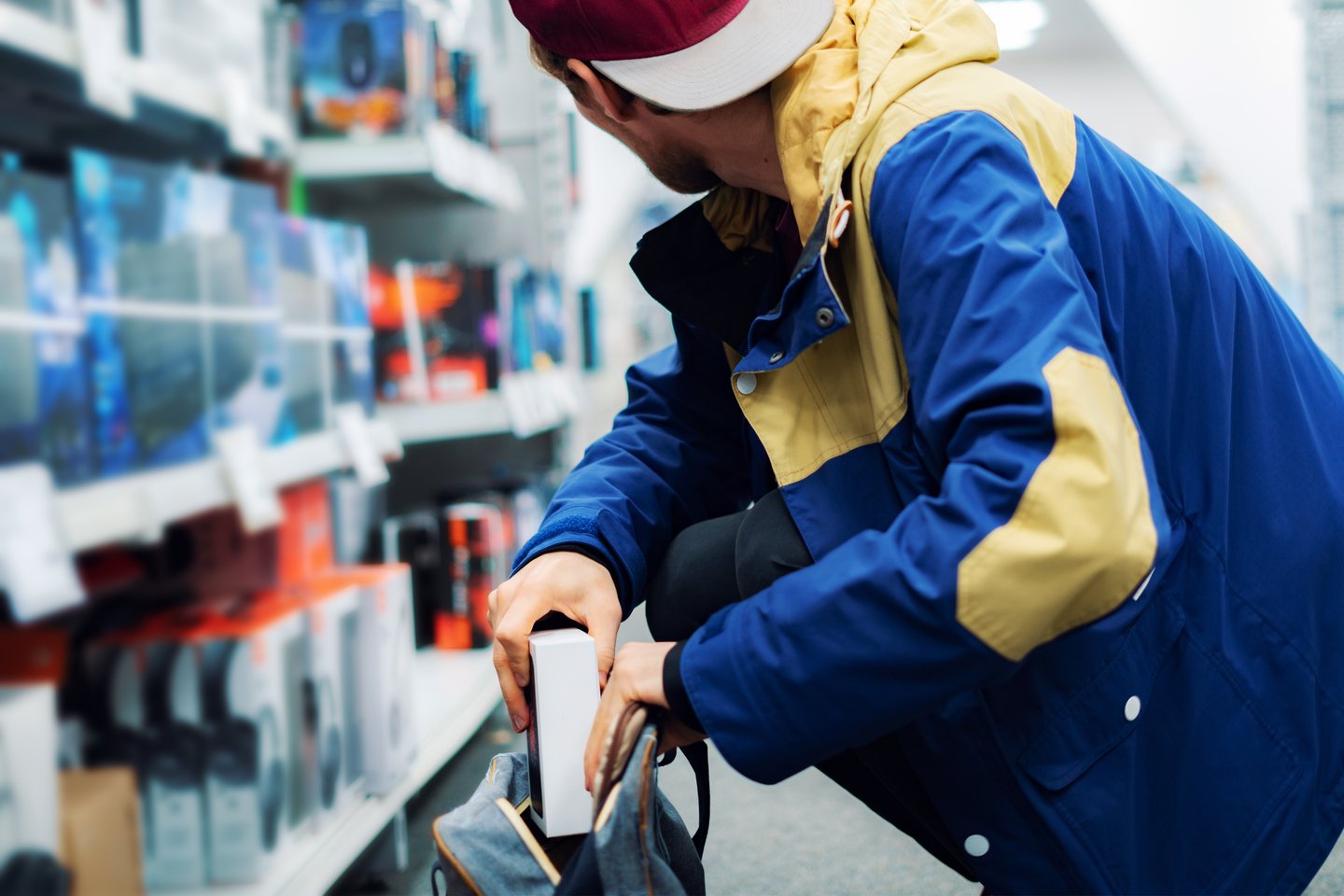How retailers like Kroger and Jacksons Food are using AI to combat theft
With organized retail crime (ORC) on the rise, a panel of retailers and tech providers at NRF ’24 Retail’s Big Show in New York this week talked about how artificial intelligence (AI) solutions can be used to combat the threat.
According to the U.S.-based National Retail Federation’s (NRF) 2023 Retail Security Survey, retail crime, violence and theft are impacting the retail industry at “unprecedented” levels” and no business is immune. The NRF reports the average shrink rate increased to 1.6% in 2022 (up from 1.4% in 2021), representing $112.1 billion in losses. While the report notes that shrink encompasses several types of loss, it is “primarily driven by theft, including organized retail crime” and that theft accounts for nearly two-thirds of retailers’ shrink. Of concern to retailers is the heightened levels of violence and threat of violence associated with theft and crime.
“My experience is 40-plus years of being in this space and trying to keep the ‘red actor’ [those with criminal intent] at bay. In the last, I’d say, three to five years, the escalation in the epidemic of habitual organized theft has really astounded me,” said panellist Michael Lamb, vice-president, asset protection and safety at The Kroger Company. “What we’re seeing with regard to organized theft, brings about today an element of violence that I’ve never witnessed in 40 years. Years ago, bad guys [would] take the stuff and if you approach them, they drop it and run. Today, they dare you to do something about it.”
Watch the webinar: How to help prevent store violence and improve operations
Faced with this reality, Kroger has made changes in how it goes to market and to better understand the organized retail crime operator and, more importantly, how the grocer leverages technology to “take our stores back,” said Lamb. “In the absence of technology and the advancement of AI… I would suggest to you we’d be in a far worse place.”
For stores (in its network of more than 2,700) deemed most at risk of crime, Lamb says an “extreme store strategy” is employed where a number of tech solutions from strategic partners such as Everseen (with its Visual AI platform), LiveView Technologies (with its video surveillance towers) along with partners to process in real-time the vast amount of data generated to provide instant insights on what’s going on in the store, all helps create an integrated ecosystem to combat crime. “It’s really about exploiting technology. Let’s test, let’s learn [if] we fail, let’s fail fast and keep moving. And I’ve always been a strong advocate for that.”
READ: The battle against retail theft and loss
Robert Hampton, vice-president of technology and innovation at Jacksons Food, an Idaho-based convenience chain, said his company has had success using computer vision tech to help with fuel theft across its network of 300 stores. When it comes to technology, he says, the big thing is ensuring the “ecosystem” is consolidating all the data. “There’s a ton of data that we now have available and we’re just going to overrun the operators, they need a way to consolidate this down into something actionable. Like hey, 'here are five things you need to look at,'” he said. “Sometimes the artificial intelligence can help us determine what those trends are and give the operators actionable information so they can go and be more proactive, rather than reactive.”
With technology evolving rapidly, the panel also spoke of the importance of looking at the long-term view when employing tech to solve problems like retail theft. “What you look at even six months ago, a year ago, it’s completely different now. Computer vision, video analytics, now generative AI, the ability to leverage artificial intelligence to interpret that video content from a human perspective – it is just rapidly growing,” said Cynthia Countouris, director AI for retail, CPG and QSR at tech firm NVIDIA. Often, she said, retailers will implement a solution without considering how they might need to expand it down the road. “If there’s one piece of advice I can give you is think about the long-term, think about that vision of where you want to go and plan that in. That’ll make your life a whole heck of a lot easier than having to go dip back in again… Consider future proofing!”
Kroger’s Lamb, added that it’s “extremely” important that technologies employed to solve a particular problem, such as shrink, should also help improve other areas such as the customer experience and inventory management. “If you’ve got a technology that’s got a higher ceiling, you’re going to have a lot more success pushing it through the various financial models that your company sets up.”




